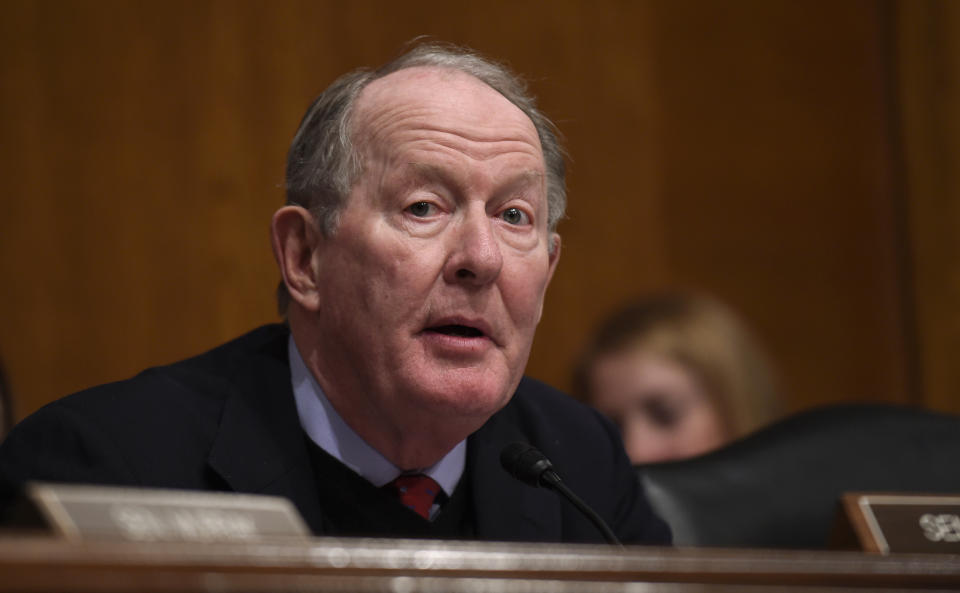If Trump knifes Obamacare, he’ll hurt his own supporters the most
It’s no secret President Trump wants the Affordable Care Act to die. “Let Obamacare implode,” he said in a speech on July 28, after Republican senators failed to repeal a law they’ve vowed to get rid of for seven years.
What Trump isn’t saying, however, is that letting Obamacare implode would hurt red-state voters who sent him to the White House last November more than blue-state voters who opposed him. Obamacare enrollees in red states are more dependent on a particular subsidy Trump has threatened to cancel, and they have fewer options if rates do rise sharply. “If insurance companies are not getting those cost-sharing subsidies, it will disproportionately affect red states,” says Cynthia Cox of the nonpartisan Kaiser Family Foundation. “To some extent, the damage has already been done.”
A quirk of the ACA left the president with unusual authority to direct the so-called cost-sharing reduction payments that go to insurance companies, which means Trump could knife the ACA himself if he wants to. The ACA requires insurers to slash deductibles and other out-of-pocket costs on some policies for people below certain income levels who buy an ACA plan. The savings can be significant— as much as $3,354 per year on deductibles, for instance. The government then reimburses insurers for the added costs they bear. Congress normally appropriates the money when it establishes government spending programs, but it didn’t for this one provision of the ACA, which drafters of the law have characterized as an oversight.
[Check out our podcast on what’s next for health care.]
President Obama ordered those payments to insurance companies to be made from other government accounts. But Trump has threatened to halt those payments — without doing it, so far. If insurers don’t get the money, they’ll raise premiums on individual plans to make up the difference, pushing the financial burden onto their customers. Low-income people buying ACA plans won’t feel it much, because they’d get larger payouts from the government to cover the higher premiums. But those payouts phase out at higher income levels, which would leave middle-income families that buy their own insurance policies and don’t get coverage through an employer facing double-digit hikes in premiums. In general, middle-income consumers buying their own policies have endured the largest price hikes during the last several years.
Yahoo Finance analyzed data on the ACA gathered by state governments, the federal government and the Kaiser Family Foundation to assess the difference between red and blue states if Trump were to cancel the cost-sharing subsidies. The first important finding is that red states that voted for Trump are much more dependent on the subsidy. In the 30 red states, an average of 58% of ACA enrollees receive a cost-sharing reduction. In the 20 blue states plus the District of Columbia, only 43% do, on average. That makes sense given that blue states include wealthy ones like New York, California, all of New England and the Pacific Northwest, while red states include poorer ones such as Mississippi, Alabama and others in the South.
Calculating premium increases
Kaiser estimated the average increase in premiums if Trump cancels the cost-sharing subsidies for 38 states that make public enough data to conduct such an analysis. Yahoo Finance matched that data with the 2016 electoral map and found premiums would increase 17% in red states but only 14% in blue states. Again, the poorest customers who get the most generous subsidies would barely feel those premium hikes. But subsidies drop off significantly for incomes above 250% of the poverty level, which is $30,150 for an individual and $61,500 for a family of 4. They disappear completely above 400% of the poverty level, which is $48,240 for an individual and $98,400 for a family of four.
Blue states also tend to have a better safety net for the poorest citizens, because they’re more likely to have expanded Medicaid, as the ACA allowed them to do. Nineteen of 21 blue states (including D.C.) have expanded Medicaid to cover more poor adults, while only 13 of 30 red states have. Medicaid is an option for people earning up to 138% of the poverty level who find even subsidized insurance too expensive.

Insurers will likely raise prices
The White House says Trump will decide soon on whether to continue making the cost-sharing payments to insurance companies, which go out at the end of every month. But even the threat of halting those payments has probably forced insurers to push up planned rates for 2018. Insurers must lock in their 2018 premiums within weeks and have already done much of the necessary actuarial work. Amid uncertainty, insurers, like any business, are more likely to hedge against rising costs by raising prices as much as they can.
A recent Wall Street Journal analysis found that insurers in many states have proposed double-digit premium increases for 2018, and ascribed much of the increase to the possible end of cost-sharing subsidies. “Some of these rate increases already assume the worst,” says Cox of the Kaiser Family Foundation. “To some extent, the Trump administration doesn’t necessarily need to follow through on its threats.”
Congress, for its part, could pass new legislation mandating the cost-sharing payments and solving the problem. Republican Sen. Lamar Alexander of Tennessee, for one, has discussed such bipartisan legislation. But that wouldn’t come until fall, at the earliest, which would be too late for insurers setting rates for 2018. That means Trump has the final say on a matter that will indicate whether he’s really willing to kill Obamacare, or only willing to bark about it.
Confidential tip line: rickjnewman@yahoo.com. Encrypted communication available.
Read more:
Obamacare is hurting these people–and Congress is doing nothing about it
Meet the Trump regretters, who wish they could change their vote
Rick Newman is the author of four books, including Rebounders: How Winners Pivot from Setback to Success. Follow him on Twitter: @rickjnewman

